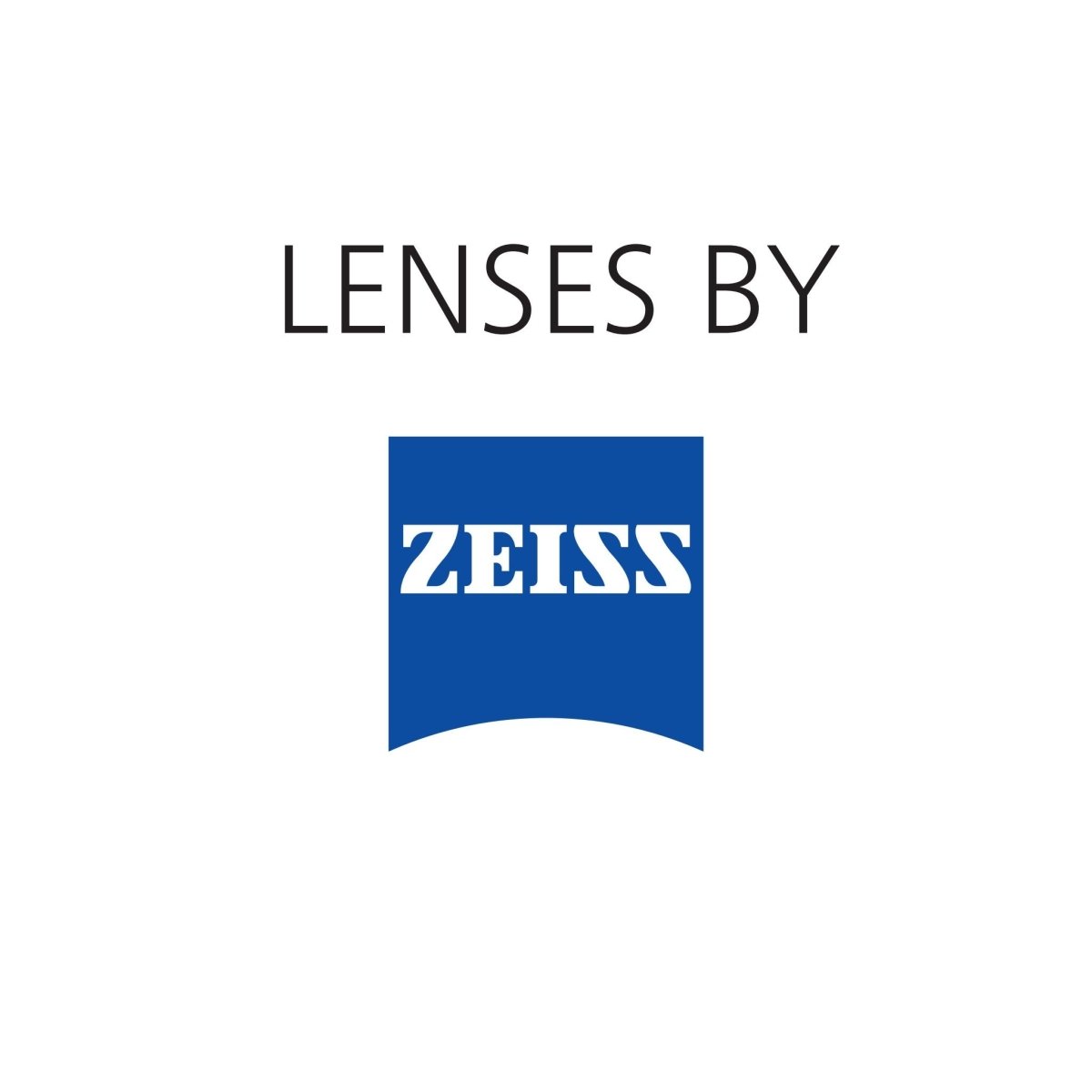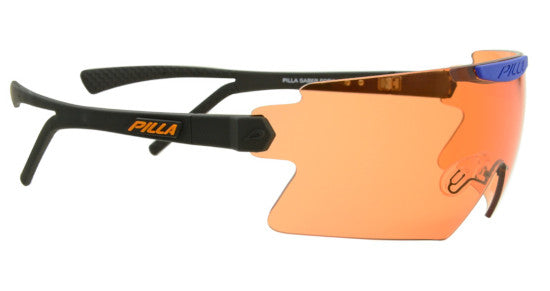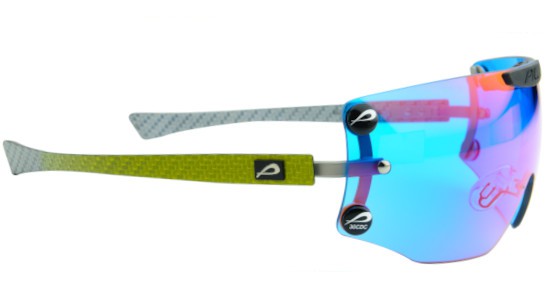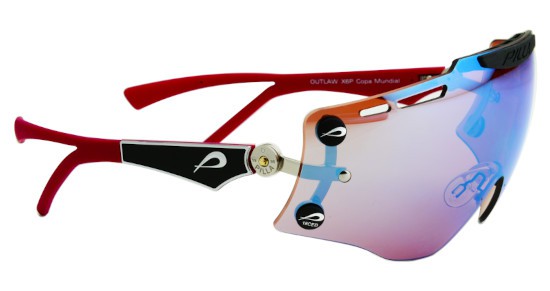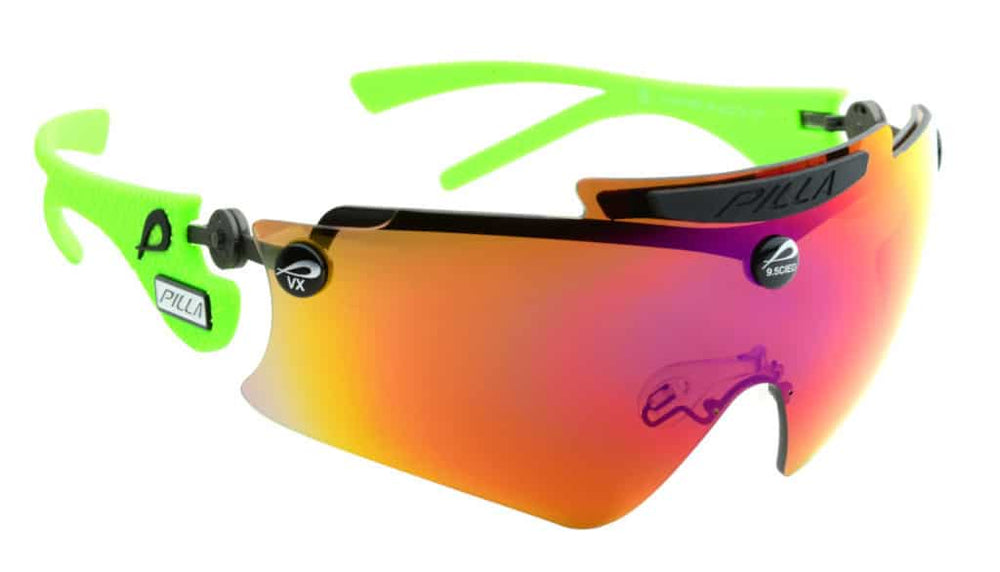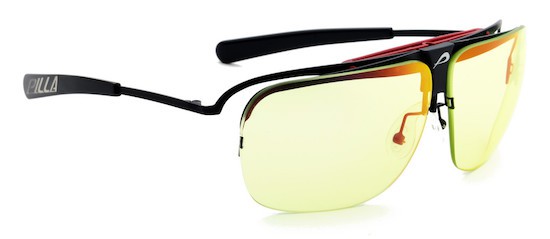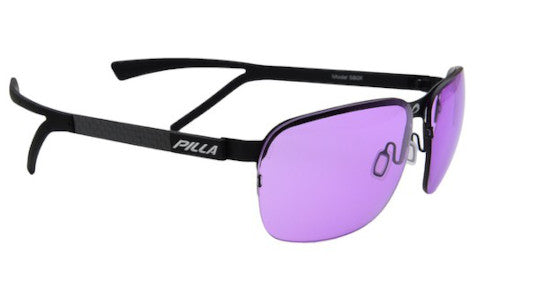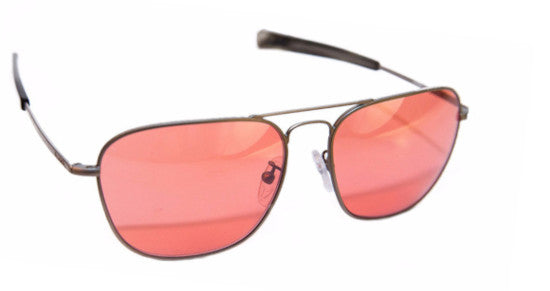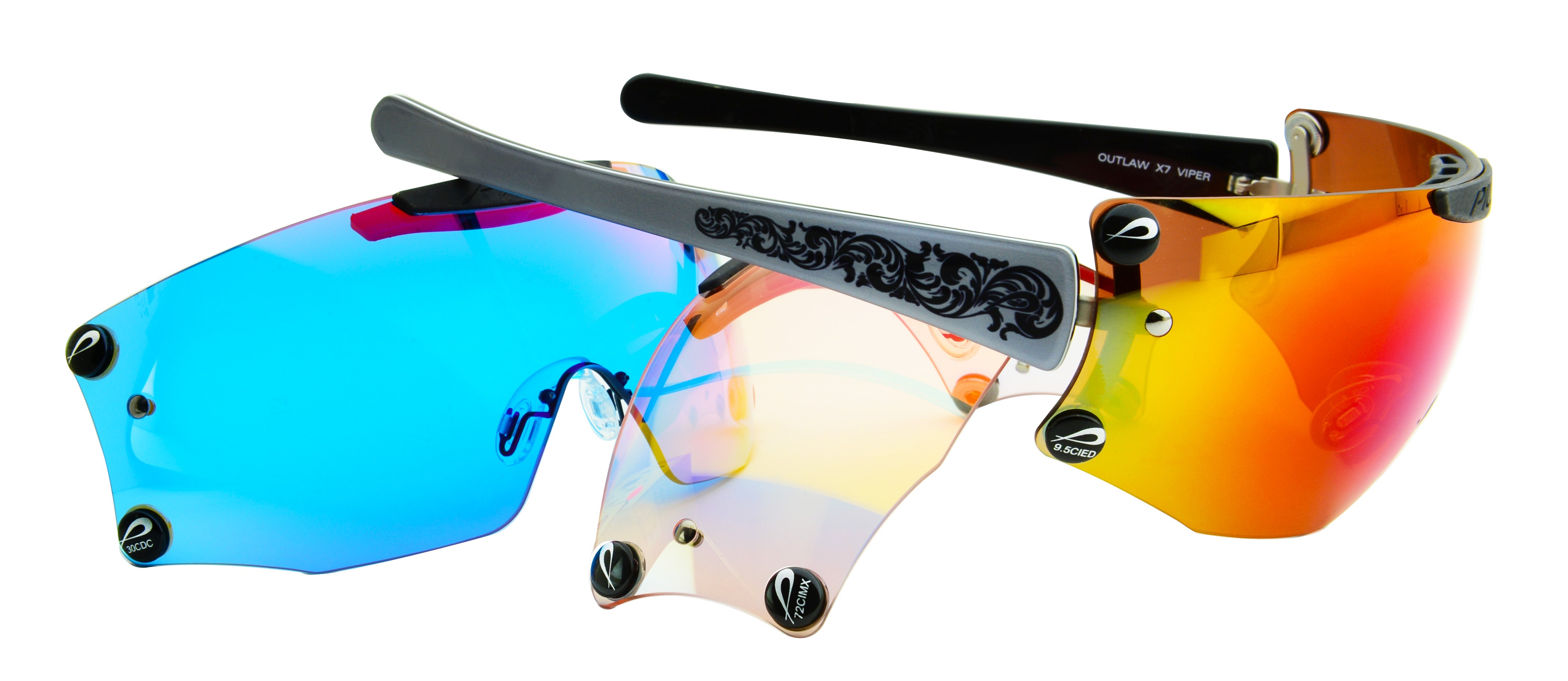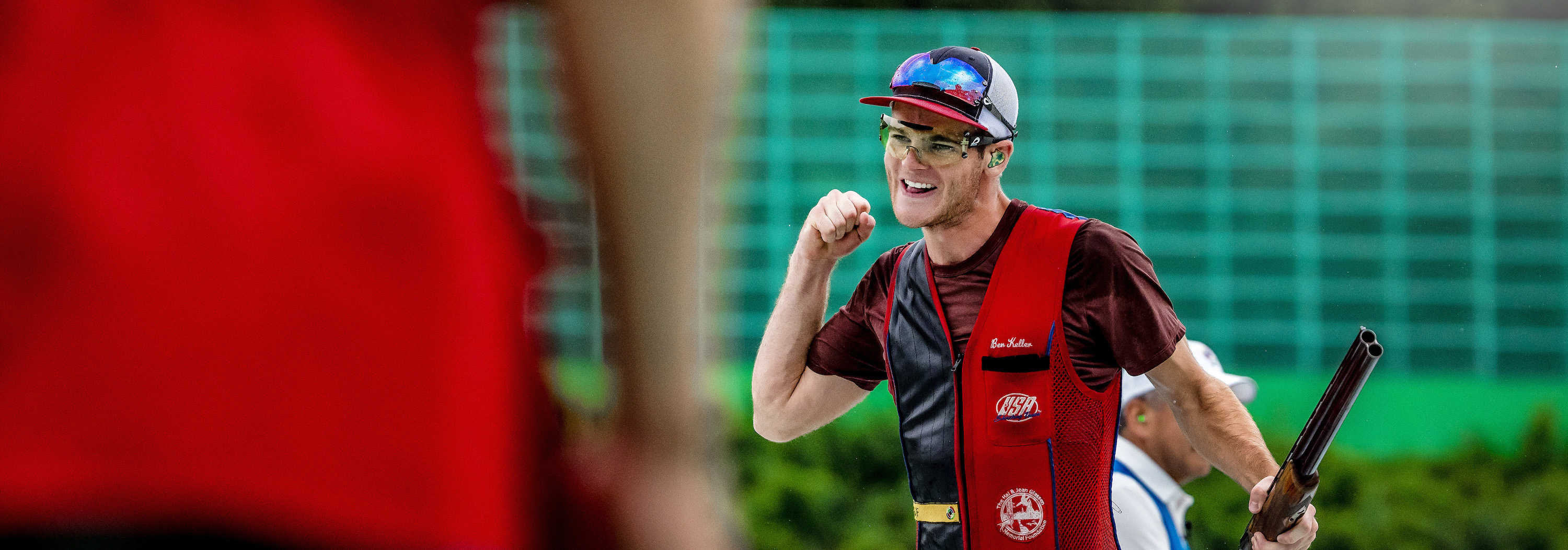FREQUENTLY ASKED QUESTIONS
I'm New to Pilla, where do I start?
You have decided to consider using a high-performance visual aid for sport. Our lens technology is engineered by Zeiss - the very best in the world - we make no compromise in our lens delivery or the coating science applied to all our lens offerings.
The best place to start is selecting a frame system. We have a variety of frame models with various fitting. We basically use 2 different lens geometries across our entire brand platform – Base 6 lenses and Base 7 lenses in masks and Base 8 in dual lens models. The higher the number in base curve the more wrap to the glasses. Our Base 7 masks wrap more so they tend to be narrower in fit so they are more of an all-around fit to small needs. The Base 6 lenses are a less wrapped design offering a more generous fit for those needing more width to a pair glasses. The Base 6 masks are for average fit to large fit need. The reality is both a Base 6 and Base 7 product will work for normal fit needs. The 7 becomes more appropriate for narrow faces and smaller needs while the base 6 becomes necessary for someone with a larger needs.
If you require prescriptive applications and have a normal to high corrective need stay with the Base 6 product as these are more friendly to a wider prescriptive offering. If you have a mild corrective need, both models will perform with prescriptions.
When looking to use a mask style product - by mask style - we mean a single lens that is over your face.
The difference between the two products is mainly a cosmetic one but there are some advantages of one model over the other when specific requirements are needed.
The Panther series we introduced over 20 years ago and quickly became the industry standard in competitive shooting. The Panther has a more “sport” cosmetic to the design and has a 3 snap system to attach the lens to the frame. This system is a great design in that there is no possibility when the lens is put on and taken off the frame to put fingerprints on the lens. Additionally, the lens changes extremely quickly to maximize the use of a lens filter when needed if conditions change.
The Outlaw Series we introduced in 2012 with the objective to offer a larger format lens with interchangeability which provides the wearer a large visual sight picture with no visual interference from a frame.
Both models use the same ZEISS lens technology and offer a similar range of lens filters.
One of the benefits of the Panther System is the “Post” model allows for vertical adjustment of the frame. The Panther system also comes in a “No Post” model which has a fixed nose piece and provides a very sporty look. Both models can use a prescriptive insert system.
Both Models have an adjustable “Copa” hinge available which is a benefit to tune the frame on your face by tilting the lens in or out from the face.
The bottom line is the more adjustment available in a frame technology, the more you can tune the frame for maximum fit and comfort. So the “Copa” models in both the Outlaw and Panther provide both tilting and also temple length adjustments.
The next step is choosing a lens platform.
If you are a Clay shooter and want a significant lift to the target – look at the Max series of lenses.
If you’re a hunter look at the “ED” platform of lenses from full sun to low light as well as our “HC” lenses as these perform extremely well in the field.
If you are a pistol shooter look to get a mix of “ED” and “HC” lenses with a high transmittance value for indoors.
(for more on what those abbreviations mean, see the answer to the question below about which lenses are best for which environments)
We have a number of thought-out kits for various applications in our curated kit section of the site.
LENS FILTRATION QUESTIONS
4 criteria to consider:
- Environment – Where are you using the lens? The desert, the woods, open fields?
- Lighting Condition – Full Sun, Medium Light, Low Light, Overcast, at Night, Indoors?
- Activity – Clay Shooting Sports, Hunting, Sport Specific
- Filter Color – The base filter color value is a real benefit to recognize. Some athletes see better with for example more lift in “Red” with lens while others need less and more balance approaches to color.
Each of these lens criteria are detailed in each lens filtration product and you can use the filtering capability to narrow your lens options selecting each data point.
Athletes with lighter color eyes tend to be more light sensitive than athletes with darker eyes… So low transmittance values (meaning darker lenses) in the lens offering will tend to be very comfortable for light colored eye athletes. Dark color eye athletes will tend to want a bit more transmittance value and are less light sensitive so they can benefit from less dark filter profiles and more light traveling through the lens.
Our lens technology provides technical achievement across all transmittance values from full sun to low light. The ability to accelerate color lift has more realized performance in darker lenses as there is more pigment tuning technology in a darker lens. So if the athlete is looking for more demonstrated “Lift” or “Change” in color - darker value lenses provide more of a significant change in the sight picture for the athlete.
For athletes looking for a rich color and very balanced lens, you should look to stay with the “ED” lens profiles as these provide lift to the entire color spectrum and provide extremely detailed sight pictures. The entire sight picture becomes more vibrant and defined with any of our lens technologies, but usage occasion can be specifically detailed with our lens selector for each model.
The environment that you are using our lens technology in is quite important as the lens filter or the way we manipulate color or elevate or decrease color provides significant benefits to the athlete using the lenses.
Our lenses are classified with the following designations:
Enhanced Definition – “ED” - these lenses are a balanced color lift where we concentrate on making the entire visual picture more vibrant across the complete color spectrum.
High Contrast – “HC” - these utilize a mix of color values across the visual spectrum to create more contrast and separation between the intended target or environment, so the sight picture has separation between color.
Neutralizers – “N” – these are special utility lenses where the design of the lens is specifically engineered to suppress greens and elevate specific values in the visual color spectrum to intensify various colors.
Max Lift – “M” lenses – these are lenses specifically engineered to elevate the orange piece of the visual spectrum. We have many lenses that use this technical filter profile to dial up orange recognition and intensity. The amount of lift between lenses using “M” or “Max” filters is different by lens transmittance with some being more intense than others. The darker the lens the more pop you will get but even our high transmittance lenses provide a nice rich color enhancement in the orange piece of the spectrum. The Max technology can spike pieces of the visual spectrum by over 600%. This is a huge advantage for athletes looking for quick acquisition of the intended reference target.
Chromashift technology is integrated into every lens Pilla offers in our sport glasses. Chromashift is a lens pigment technology and design target where we manipulate the visual representation of color to produce a more intense color profile and "Shift" the actual color of the sight picture through the lens. This is a technology where we use special color dyes to produce faster registration of specific bands of color. Further Chromashift has the ability to change the way the eye sees color. The basic technical benefit is the manipulation of color for positive visual registration, allowing athletes to enjoy a very specific technical benefit of color shift for a competitive advantage. ZEISS PILLA Chromashift allows a specific tuning of color to achieve very specific results for the highest performance of filter delivery. The addition of ICE with “IR” accelerates our Chromashift color enhancing science to a greater color lift and wavelength target gain.
Our new ZEISS ICE technology delivers lenses that benefit from cutting edge engineering of coating science. A multi-layer coating application that improves a significant number of technical must haves in producing the best lenses available for the athlete.
The lenses benefit from principals that deploy the best of Hydrophobics and a proprietary Hydrophilic technology on the backside of the lens while harnessing a color enhancing top coat with “IR”. The ICE technology delivers a performance benefit to the lens surface making it very slippery- Hence the name “ICE”… this solution does not allow water to properly adhere to the lens surface or oils. This slippery performance reduces fogging on the backside while also making the lens extremely easy to clean repelling oils and water.
ZEISS Pilla ICE with “IR” coatings also feature color enhancing abilities to amplify infused color pigments in the lens making the color filters more robust. The exclusive and proprietary spectral enhancements in each formulation are tuned to a specific wavelength. A turbo charging effect of our “IR” based platform making color extremely vivid and also allows for a level of specificity in color precision. We can pin point color lift (like our CMX or HC lenses science) and color fade for example in our neutralizing lens science. The composite of these technical coating solutions accelerates color lifting performance, reduces fogging, while making the lens very easy to clean.
In additional to these coating solutions on all current ICE “IR” Lenses, Pilla applies the highest performance ZEISS 7-LAYER Anti-Reflective coating to minimize any distortion created by reflecting light and splintering of light on the lens surfaces.
The total package of our ICE “IR” coating platform is a significant improvement in lens performance from previous generations.
GENERAL QUESTIONS
Visit our Product Registration page and fill out the form.
Please read our Warranty page in order to get details about what is covered and what is not covered throuugh ouur warranty.
If you need to make a return, please review the Returns page for detailed information and instructions.
